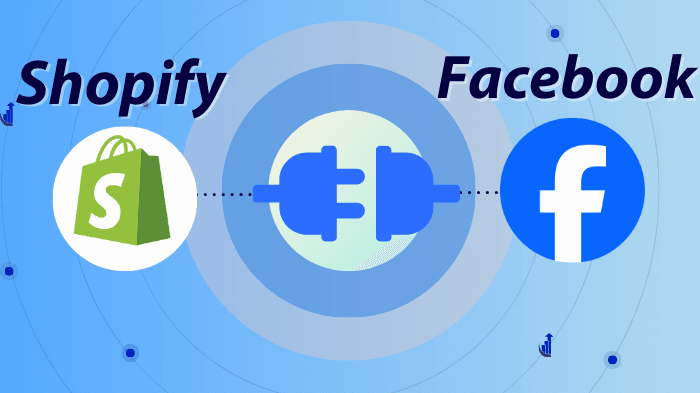In today’s digital-first world, integrating your Shopify store with social platforms like Facebook is crucial to expanding your online presence. The Shopify Face integration allows you to seamlessly connect your Shopify store with Facebook, making it easier to reach a wider audience and increase sales. By showcasing your products directly on Facebook, managing your inventory in real-time, and utilizing Facebook’s powerful advertising tools, you can enhance the shopping experience for your customers and boost conversions. In this guide, we'll walk you through the steps to connect Shopify with Facebook, explain the benefits, and provide examples of successful Shopify Facebook integrations.
I. What is Shopify Facebook?
A Shopify Facebook is an eCommerce integration that allows businesses to sell their products directly on Facebook through a dedicated Facebook Shop. By linking Shopify with Facebook, businesses can sync their product listings to Facebook’s platform, making it easier for customers to browse, shop, and purchase without leaving Facebook. This integration brings the convenience of shopping directly into a social media platform that millions of people use daily.
II. Why Do You Need Shopify Facebook Shop Integration?
Integrating Shopify with Facebook offers numerous advantages that can significantly enhance your eCommerce strategy. Let’s explore the core benefits:
III. A Step-by-Step Guide to Integrate Facebook with Shopify
Integrating Facebook with Shopify is a simple process. Follow these steps to get started:
Step 1: Prepare Your Accounts
Before setting up the integration, ensure you have:
- A Facebook Page to showcase your products.
- A Facebook Business Manager account linked to your Page.
- A Facebook Ad Account with admin access to the Business Manager and Page.
- Products that comply with Facebook’s Commerce Policies.
Your Shopify store must be located in a country where Facebook Shop is available. Otherwise, you can only run Facebook ads directing traffic to Shopify without enabling direct checkout on Facebook.
Step 2: Install the Facebook and Instagram by Meta App
Shopify provides a free app for connecting Facebook and Instagram.
-
In Shopify Admin, go to the Shopify App Store.
-
Search for "Facebook and Instagram by Meta" and install it.

-
You can later access it under Settings > Apps and sales channels.
Step 3: Connect Facebook Shop to Shopify
1. Link Your Facebook Business Account
- Open the Facebook and Instagram by Meta app in Shopify.
- Click Set up Facebook Shop and log in with your Facebook account.
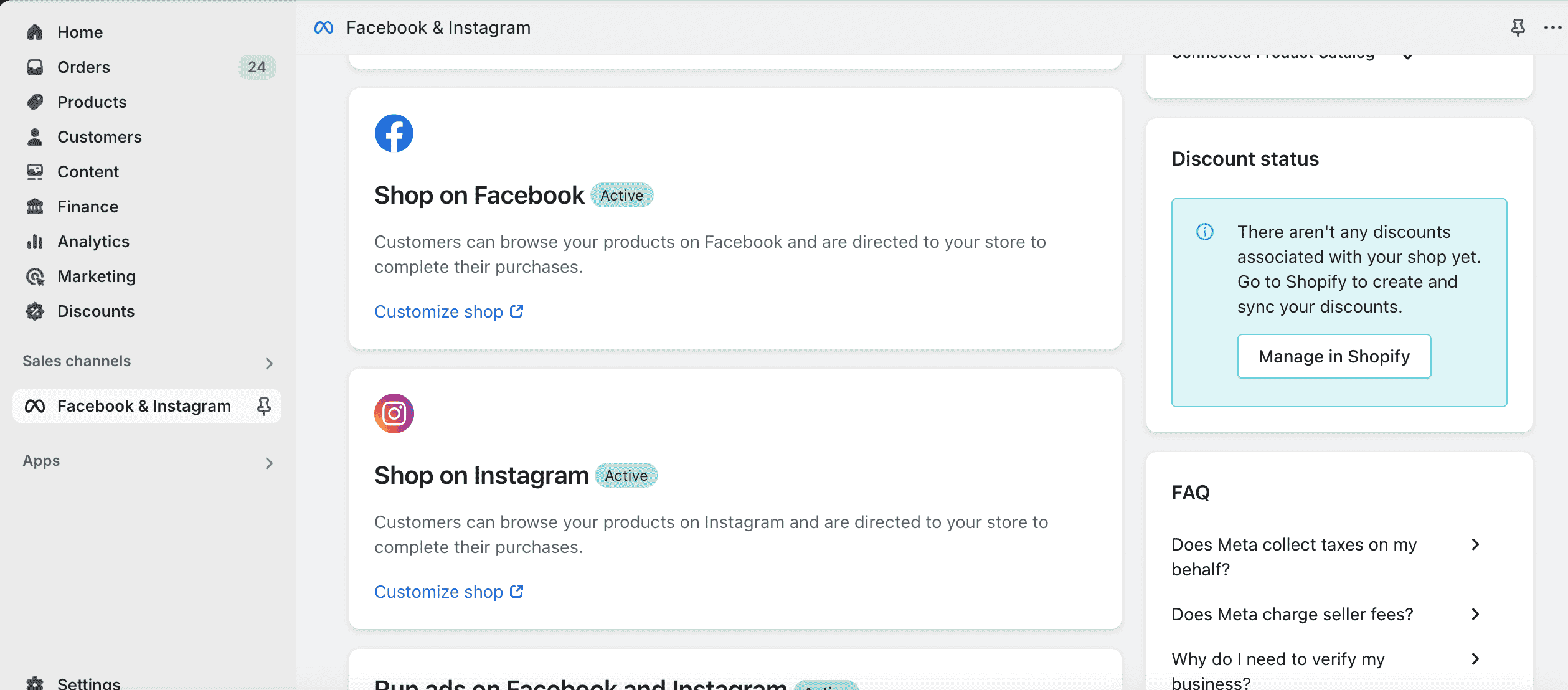
If your account doesn’t meet Facebook’s requirements, a red error message will appear, preventing integration.
2. Select Business Assets
- Choose your Facebook Business Manager ID.
- Select the Facebook Page where you want to display products.
3. Configure Checkout & Data Sharing
- Select a checkout method:
- Checkout on Facebook and Instagram (if supported in your country).
- Checkout on Shopify (redirects customers to your Shopify store).
- Enable data sharing to improve ad targeting and conversion tracking.
4. Set Up Facebook Pixel
- Go to Facebook Business Manager > Events Manager > Data Sources.
- Copy the Pixel ID and paste it into Shopify’s Facebook integration settings.
- This will allow you to track customer behavior and optimize ads.
5. Submit for Facebook Review
- Click Submit for Review in Shopify.
- Facebook’s approval process may take a few days.
- While waiting, you can still run Facebook ads that link to your Shopify store.
Step 4: Verify & Launch Your Facebook Shop
Once approved, your Shopify store and Facebook Shop will sync automatically.
- Any changes in Shopify (pricing, inventory updates, new products) will reflect on Facebook.
- Orders from Facebook will appear in your Shopify dashboard.
- Complete business verification in Meta Commerce Manager to finalize your setup.
IV. Tips to Improve Your Sales After Connecting Shopify to Facebook
To fully maximize the potential of your Shopify Facebook Shop, here are a few tips to boost sales:
- Optimize Product Listings: Ensure your product images are high-quality and your descriptions are clear and SEO-friendly.
- Run Retargeting Ads: Use Facebook Pixel to create retargeting ads for visitors who haven’t completed a purchase.
- Leverage Social Proof: Encourage customers to leave reviews on your Facebook Shop and use these testimonials in your marketing efforts.
- Engage with Comments and Messages: Actively respond to customer inquiries on your Facebook posts or in Messenger to foster trust and increase conversions.
- Use Facebook’s Shopping Tags: Tag your products in Facebook posts, Stories, and ads to drive traffic directly to your Shopify Facebook Shop.
V. Examples of Successful Shopify Facebook Shops
Many brands have leveraged the Shopify Facebook Shop integration to expand their online presence and increase sales. Below are some successful Shopify stores that effectively use Facebook to engage customers and drive revenue.
4.1. Manitobah Mukluks – Indigenous Footwear

Why It’s Successful
- Cultural Storytelling: Uses Facebook to share Indigenous traditions and craftsmanship behind their footwear.
- Shoppable Facebook Posts: Customers can browse and purchase mukluks and moccasins directly from their Facebook Shop.
- Community Engagement: Features Indigenous artists and stories, fostering a strong brand community.
Key Takeaways
- Use storytelling to create an emotional connection with customers.
- Highlight social or cultural impact to differentiate your brand.
- Leverage Facebook Shop for seamless shopping.
2. Flourist – Organic & Sustainable Food Products
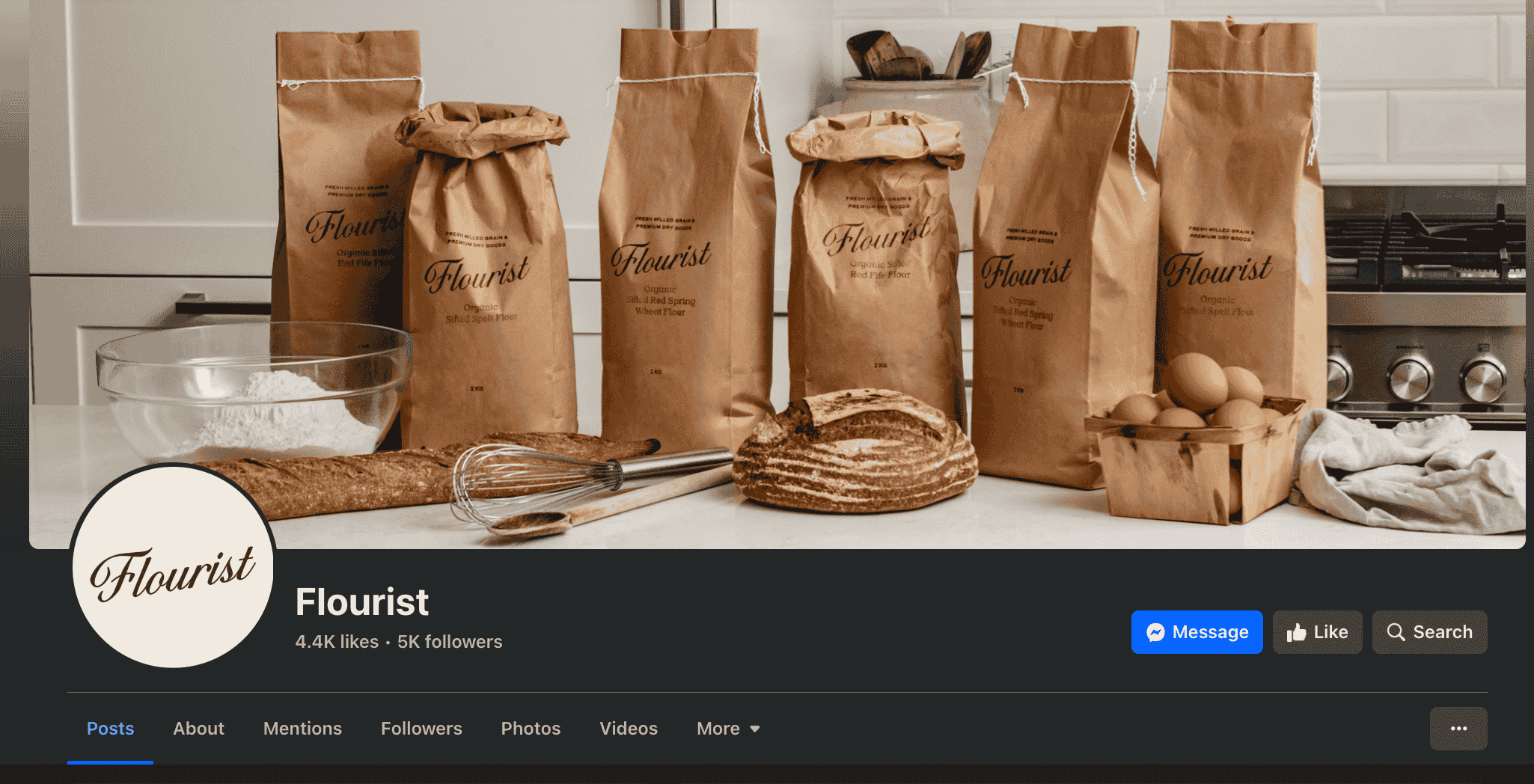 Why It’s Successful
Why It’s Successful
- Educational Content: Shares recipes and baking tips to engage its audience.
- Direct Product Sales: Facebook Shop allows users to purchase organic flour and baking kits with ease.
- Subscription Model: Promotes recurring product subscriptions through targeted Facebook ads.
Key Takeaways
- Use content marketing to educate and engage customers.
- Sell everyday essentials through Facebook Shop.
- Offer subscriptions to increase customer lifetime value.
3. Allbirds – Sustainable Footwear
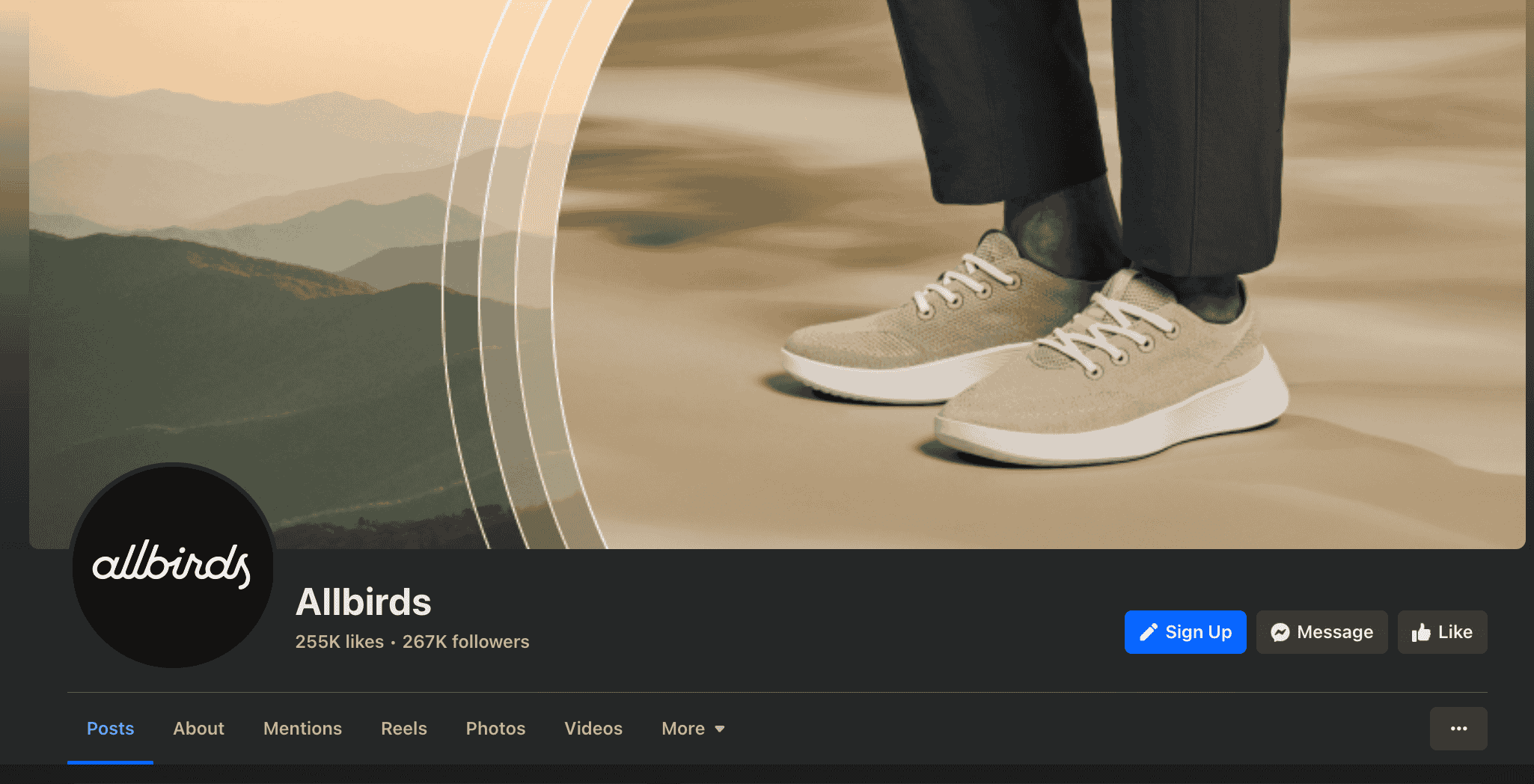 Why It’s Successful
Why It’s Successful
- Eco-Friendly Positioning: Highlights sustainable materials and ethical production.
- High-Quality Visuals: Uses Facebook to showcase minimalistic, aesthetic product images and lifestyle shots.
- Retargeting Ads: Uses Facebook Pixel to remarket to visitors who have browsed products but haven’t purchased.
Key Takeaways
- Showcase your brand’s sustainability efforts.
- Invest in high-quality lifestyle visuals.
- Use Facebook Pixel for targeted remarketing.
4. Bebemoss – Handmade Toys for Kids
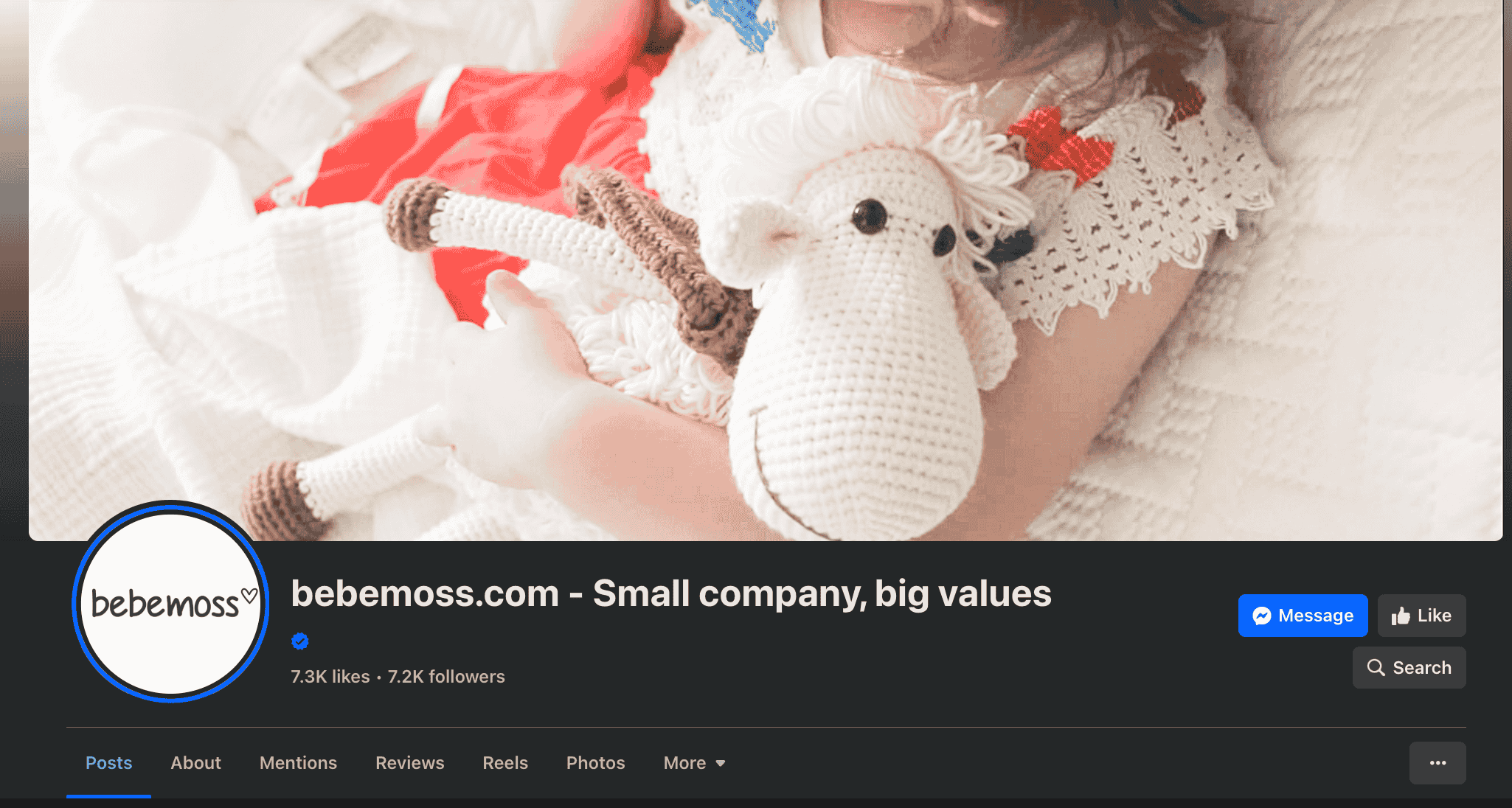 Why It’s Successful
Why It’s Successful
- Ethical Production: Emphasizes that each toy is handmade by underprivileged mothers, creating a strong brand story.
- Engaging Product Listings: Uses Facebook Shop to display soft, organic cotton toys with detailed descriptions.
- Influencer Collaborations: Partners with parenting bloggers to promote products.
Key Takeaways
- Highlight ethical or fair-trade production to attract conscious shoppers.
- Leverage parenting communities for organic reach.
- Use influencer marketing to drive traffic.
5. Ketnipz – Art & Apparel Brand
 Why It’s Successful
Why It’s Successful
- Unique Branding: Known for its lovable cartoon character “Bean” that resonates with Gen Z audiences.
- Limited-Edition Drops: Uses Facebook to announce exclusive product launches, driving urgency.
- Interactive Community: Encourages fans to share their own artwork and tag Ketnipz.
Key Takeaways
- Build a strong and recognizable brand identity.
- Use exclusivity and limited drops to create hype.
- Engage with fans to foster community-driven growth.
Conclusion
Integrating Shopify with Facebook is an essential step for businesses looking to expand their online presence and boost sales. The ability to sell directly through Facebook, sync inventory in real-time, and run targeted ads is an invaluable tool for any Shopify store. By following the steps outlined in this guide and implementing best practices, you’ll be well on your way to creating a thriving Shopify Facebook Shop that attracts customers and drives sales.
Ready to start your Shopify Facebook journey? Connect your store today and watch your sales soar!
Read more:
